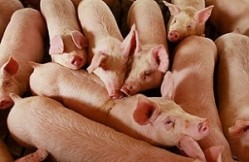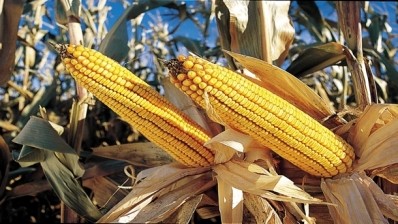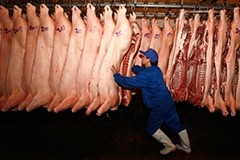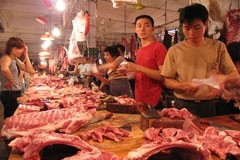China's corn import growth will have 'massive impact on world markets'

The report, “The Industrialisation of China’s Pork Supply Chain”, was published yesterday by Rabobank’s Food and Agribusiness Research and Advisory group. It outlines the country’s increasing role in the global pork industry, and focuses on the growing influence China’s fluctuating imports are having on global supply and demand balances and prices.
Fork in the road
It suggests pace and success of rapid industrialisation across China's pork sector will be a major determinant of whether China will move back towards self-sufficiency or become an even bigger importer.
If China could improve its corn yields and swine-feed conversion ratios towards US levels, then goals of self-sufficiency are achievable. If China does not have to import pork, it would need to import corn, and if current trends in China's pork production and industrialisation continue, corn imports would rise significantly.
China has recently been importing over 0.4 million tonnes of pork per year, in a world market with trade of less than 7mn tonnes per year. In Rabobank's view, China is likely to continue to be an importer of both pork and corn for the foreseeable future, but how much of each will depend on improvements in the supply chain.
Moving closer to self-sufficiency
China's pork supply chain is in a transition period, shifting from traditional household farming to modern commercial systems. While both farms and processing plants are growing rapidly in size, coordination between the two remains undeveloped. The pork supply chain is still based on the spot market in most cases.
Rabobank says that China's chances for self sufficiency in pork are boosted by the country’s great potential for improvement in hog productivity and a strong consumer preference for fresh meat. It also has a lack of comparative advantage in land-intensive agriculture, such as for corn growing, so it should import this type of commodity rather than producing it and focus on areas such as pork production.
However, challenges in achieving success in pork production include the continuation of disease problems, food safety issues, logistics, and the lack of a cold chain.















